The personality of dogs reflects a lot in their traits, from their place of origin. Same is the case with the Havanese, a dog can be in any part of the world but some of its looks and natural instincts will always have a hint of its native place.
The Havanese dog comes from Havana, Cuba and its place of origin has a lot to do with its looks and personality. Similar to the Cuban people the Havanese dog also loves hanging out anywhere and everywhere.
This is a toy dog and easy to manage, even for new dog owners. They are absolutely loveable, fun and Oh! So cute! Bringing this four-legged white angel home can never be a wrong decision or create a hard-to-maintain situation.
Below is a detailed informative piece for you if you love the Havanese dog or are thinking to bring one home.
Table of Contents
Havanese Breed Pictures
Quick Facts

Average Weight: 7-14 pounds (both Male and Female)
Average Height: 9-11.5 inches (that is less than 1 foot)
Dog Group: Toy Group
AKC Rank: 24
At A Glance
The size of the Havanese is small as these are Toy dogs. Their size is usually less than a foot. Both male and female share the same size or slightly vary in height. They weigh around 7-14 pounds and grow about 9-11.5 inches tall.
The lifespan of Havanese is quite long. They can lead a long life, living for a maximum 14 to 16 years.
This is quite the perfect apartment dog. They are already small in size so they do not take up a lot of your space and can easily move around in apartments. However, a compact apartment cannot be a great place for them to live.
The Havanese is a great family dog. They gel right just with anyone and they love their families. Pretty much like all dogs but these ones are highly clingy and demand attention.
The Havanese dogs just love company and it can be any company, human or animals. They are fairly great with other pets (if any). They love having a four-legged friend around them.
These are more of the quite nature. A Havanese will hardly bark, howl or whine. They tend to greet and welcome their people home with light barks. But they can bark a lot if provoked or annoyed.
The Havanese can tolerate both hot and cold weather well.
- Cold Weather Tolerability – In cold weather conditions the Havanese can tolerate only a certain level of coldness. Their long fur coat allows them to bear only some amount of cold and resist the low temperature.
- Hot Weather Tolerability – Their long fur creates an illusion of them being more resistant of the cold but factually this makes them bear the heat more. A Havanese can tolerate hot weather better than the cold.
Highly intelligent, the Havanese can give you a hard time when training. They are smart, intelligent and very co-operative but to house-train these little ones can take longer than expected.
They have low exercising needs but they are super active and highly energetic. They might still need some exercise to be fit and healthy. Regular long walks or running exercises are good for them.
Grooming a Havanese can look like a lot of work and difficult in the beginning. In reality, their grooming is not very difficult and it just requires daily attention. They have a long and silky fur which needs regular and careful brushing.
Yes! This silky ball of fur is a hypoallergenic dog. The Havanese dog hardly sheds or drools and this makes them a suitable dog for allergy sufferers. They barely have the potential to create dander and so they are safe to be around allergic people.
In America the price of Havanese is $1000 to $1500 USD. While in India the price ranges from ₹25,000 to ₹30,000.
About Havanese

This is a small and happy-go-lucky dog breed. They are smart, playful, affectionate, caring and very friendly. They come under the Toy dog category or dog group.
Born to serve as lapdogs these small beings are adorably small and they will fit perfectly on your lap. The size of Havanese is rarely more than 1 foot tall and they weigh a maximum of 14 pounds.
This small yet sturdy creature has a coat that is abundant, very silky and long. It is mostly seen to have its tail resting on its back and they have drop and folded ears. They come in many other colors but the white Havanese is more popular and liked.
When looking at this dog or even when appropriately measured they have a body that is long instead of being tall. This is because when they stand, the point from their shoulder to buttocks is longer in width.
They appear to be delicate but are actually strong. They are toy dogs but only for the outer size and structure. This dog has a walk that appears as a lively gait when they are walking. Their short upper arm and strong motion result in a bouncy walk rather than the far-reaching walk.
Their eyes like small buttons and the eyelids are almond-shaped. They have nice and deep dark brown eyes. Their mischievous and playful nature is quite visible in their eyes.
They are not just cute, small and good-looking dogs but the Havanese is a highly intelligent and trainable breed. They are even capable to work as service dogs and the Havanese dog is also actively used as a service dog.
Their overall appearance and adaptable nature make the Havanese an ideal dog for the city life and great for families. These are also small, sturdy and courageous watchdogs and they do not take their job for granted and excel at any task at hand.
History
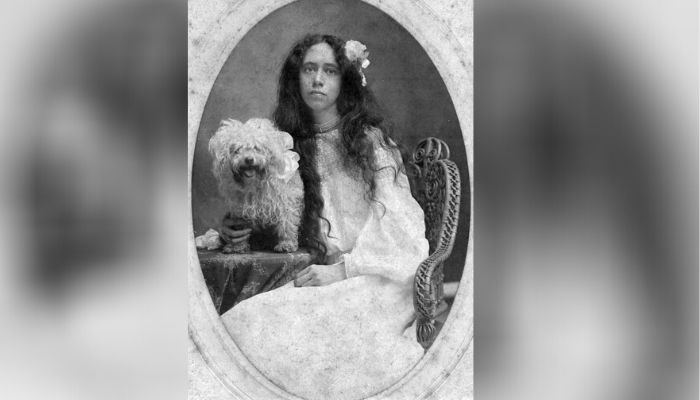
Bred from the extinct breed called Blanquito de la Habanawhich means “little white dog of Havana” the Havanese has a long history. They originate from Cuba and their history creates their current status in the world. Belonging from Havana, the national dog of Cuba, the Havanese, is a working toy dog.
The Havanese breed is considered to be a direct descendant of the Bichon type dogs. Its looks speak a lot about its connection with the Bichon group. They are believed to be bred from several types of Bichon dogs like the Bichon Frise or the Maltese.
Some people or researchers believe that the Havanese is actually related to the Italian Bolognese. The story goes like; some Italian travelers took it to the South America with them and bred them with smaller poodle or toy poodle. This cross-breeding resulted in the Havanese dog.
These dogs possess varying data about their geographical location and place of origin. But they have spent a majority of time on the Islands of Cuba. Havana, Cuba, is the place where they gained a lot of popularity and till date are very popular.
Having spent hundreds of years in the Cuban luxury where they were considered as royal and expensive “gift dogs”. They gained a popular name as the “Havana Silk Dogs”. They were specially raised for enjoyment and their sole purpose of breeding was to be a furry companion for the humans.
These dogs made their way to America accompanying the Cuban refugees in 1959. During this time, the breed was facing extinction but thanks to some Cuban immigrants who made sure that this breed doesn’t go extinct and bred them in America.
Years later, in 1996 a Club was established for them and named as the Havanese Club of America. This breed grew so popular in the United States that in the same year even the American Kennel Club officially recognized the Havanese breed.
Facts Theatre
Parenting Guide & Care
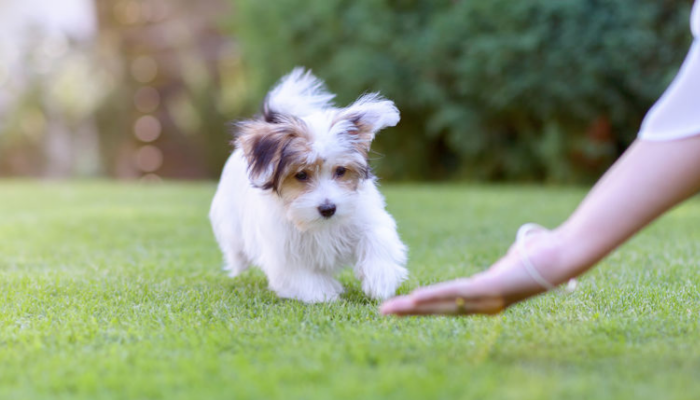
This luxury show dog requires quite a lot of attention and is very clingy to their owners. Though they are small they are still the same attention-seeking as any other medium sized dog.
Below are some important Parenting & Care tips for the Havanese for both existing and new owners:
- New dog parents who have size concerns for bringing a dog home should definitely go for this slightly stronger cousin of the Maltese. The Havanese is not very tiny and a small yet strong and is a great dog for novice dog owners.
- Dog parents should understand that this very playful and entertaining dog and you cannot expect this dog to just sit in your lap all day. Give them a game to play or keep them busy often.
- The Havanese also needs proper obedience training. They are not aggressive dogs but training them correctly makes them the best small watchdogs.
- Like all other small dog breeds the Havanese can be slow at learning and getting used to the potty training. So, take it slow and give them time to be potty trained.
- Crate training is also important for these dogs so that they know they have a special spot of their own in the house.
- They will need a special amount of time and care for grooming. They have a silky and long coat which makes the grooming a necessity for them. Take their grooming seriously and stick to their grooming routine.
- The diet for a Havanese should also be decided and monitored. Keep a track of their regular eating patterns and provide them with the most national food options. Diet is important to avoid obesity them.
- People who already own a Havanese will agree that this dog cannot bear separation anxiety. Do not leave them alone for a long period of time as they may start aggressive barking and become destructive.
- Socialize your Havanese a lot and make them used to being around strangers and other animals. If you do not socialize them enough, they may become shy or sometimes even scared of strangers.
- This dog doesn’t need much outdoor exercises and the dog humans can sit back and relax while this little one does a happy bounce indoors. Regular walks and normal exercises work well for them.
- When you take your Havanese out for a walk or just out to socialize them use a leash that is lightweight and isn’t harsh on their neck. Lightweight leash gives them the freedom to walk or run easily while you still have a hold of them.
To know everything in detail about raising a Havanese you can also buy this book to help you with it – The Complete Guide to Havanese Dogs.
Personality and Temperament
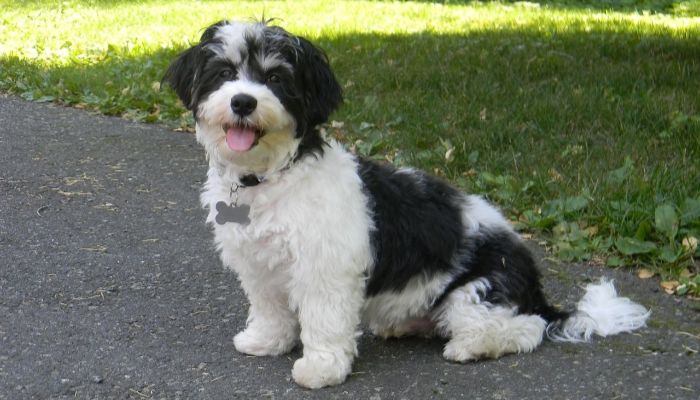
The Havanese is a happy puppy and cheerful dog. They are the “shorty” in the dog group who always get away with mischiefs. These dogs are energetic, lively and forever in a good mood.
They are dogs with a bouncy-gait. Fun-loving and very adorable, Havanese dogs are just the best choice for families especially with small children. Their short height and the loving, playful nature make them any Kid’s favorite.
When it comes to their behavior with families, they are very loving and they make great watchdogs as well. The quality of being a great watchdog is also a resulting effect out of their love and protective instinct for their families.
They are toy dogs and have a very silky fur. Their looks appear to be delicate but they strong both physically and mentally. Intelligent and very trainable these dogs can sometimes be a handful.
The Havanese breed may not be very popularly known by its name but they stand out from the crowd. They can be easily recognized especially by the way these dogs walk. Their lively gait is what makes them unique and distinct from other toy dogs.
These dogs are mischievous and they also love human interaction and attention. But if they don’t get it, they will create their own ways to have fun because for them the entertainment should not stop. Some also become irritated or destructive when left alone for too long.
This is quite possibly the “Clown” dog breed. When they are around people they love indulging in some clown like traits and thus become the center of attraction. Havanese dogs are also Velcro dogs and they are a sucker for love and attention.
Highly affectionate and intelligent this breed is also a quick-learner and loves to please their owners. They can be friends with any one because they are literally the social butterflies and love making new friends.
In a nutshell, the personality and temperament of the Havanese dogs is cheerful, happy, fun, intelligent and very clingy.
Colors and Grooming
The coat colors of Havanese have many possibilities and they come in many colors. Their colors can be solid or dilute, saddled or brindled then there is tri-color and the piebald and many more. However, the most found and available colors are:
White Havanese, Black Havanese, Black and White Havanese, Chocolate Havanese, Havana Brown and Mahogany.
Grooming the Havanese regularly is necessary as they have a silky long coat that needs brushing. Their fulsome, wavy and silky coat should be thoroughly brushed and combed. They have silky hair and hair that is so smooth is easily prone to tangling, this is why brushing and combing is a necessity.
Many pet parents opt for trimming their Havanese’s hair to have a hazzle-free experience and avoid regular brushing. If you want to trim their hair for the same trim the hair to about 1 to 2 inches long for its easy maintenance. The trimming is also called the “Puppy cut”.
Start their grooming them since they are just puppies. Havanese puppies need to be made comfortable and used to with the grooming table. To make it a good and smooth experience for them, place a rubber mat on the grooming table. The rubber mat will prevent them from slipping and they won’t be scared to stand on it.
The Havanese will need at least 2-4 times of grooming sessions every week. Brush and comb their hair thoroughly and in the opposite direction of their hair growth. Use a small brush with good metal teeth. For the top layer use a large brush.
Before brushing their hair, you should make sure that the coat is not dry. If the coat is dry use a hydrating spray to slightly mist the coat. Once the coat is misty then start the brushing and only then give them a bath. (Every 1 or 3 weeks)
These dogs have dropped ears and any dog with drop ears is highly prone to ear infections. Always check their ears and keep them clean to avoid ear infections.
The Havanese is also likely to experience tear staining. Clean the are under their eyes with a wet wipe. It is also recommended that the hair below their eyes should not be shaved and instead allowed to be grown.
Other basic grooming needs include clipping of nails, cleaning their teeth etc.
Feeding
The Havana silk dog is already a small dog and requires food according to its weight and height. As a toy dog the maturing and developing ages of this dog may vary from other large dogs and they need food accordingly.
Puppy – (4 to 6 months)
When your Havanese puppy is not even 4 months old start feeding them dry puppy food or Puppy kibble. Their digestive system can be weak at this age and thus soak their food in water and then feed it to them.
Some dog owners also add canned food to their dry puppy food to make it a little wet and easy to digest. Before reaching 4 months you may have to feed your puppy 3 to 4 times a day.
As the puppy starts to grow and is 4 months old you can reduce their meals to 3 times a day with increased portions of food.
At 6 months reduce the meals to 2 meals a day and increase the portion size as per their individual needs.
Adult – (9 to 12months)
Once the Havanese is 9 months to 1 year old you can reduce their food intake to 1 meal a day. In portion size 1.2 cups of food every day is sufficient for the adult Havanese dog.
Make sure their diet is nutritional and you can also start giving them heathy treats at this age. However, the treats should not exceed 10% of your pup’s diet.
Senior – (1 to 4 years)
The portion of food and the number of meals of this dog will depend on its individual needs and activity level. A senior Havanese dog of the age of 1-4 years or more will usually require the same amount of food as provided at his adult phase.
That means even for a senior puppy 1 meal a day of 1.2 to 1.8 cups should be sufficient.
Health & Vaccination
In the overall lifespan of Havanese of typically 14-16 years they rarely develop serious health issues. But unfortunately, if they do develop serious health issues, they may need extra care and, in some cases, their long lifespan is threatened.
Below are the diseases that a havanese is likely to develop:
1. Cataracts
The loss of transparency of the lens of the eyes or opacity is known as Cataract. Havanese dogs are very prone to develop cataracts and once they do the opacity of the cataract is then confined to a small region of the lens in the eye. This situation can further affect the whole eye structure and if not treated on time, causes total or partial blindness in dogs.
To avoid this happy puppy from developing a potential to become completely blind as responsible pet parents have their eyes checked for cataracts on an annual basis.
2. Cherry Eye
The beautiful eyes of a Havanese are also likely to develop the cherry eye. It is a condition in which a prolapse of the gland occurs. This is because the base of the gland or “Cherry Eye” flips up.
It is usually visible as a bump around the third eyelid. This eyelid is triangular in shape and is placed in the inner corners of a dog’s eye. The prolapsed gland later becomes swollen, puffy and inflamed.
The swelling can go away for a while but the prolapsed gland remains the same. Cherry eye can sometimes also cause excessive tear staining as the affected gland is a major tear gland.
Treatment option for this condition is usually an eye surgery where the gland is repositioned to its original place.
3. Hip Dysplasia
The literal definition of Hip Dysplasia is the abnormal development of the joint of the hip. The hip joint works like a ball and socket. The joint fits into the “socket” which the pelvis has formed.
If the bones or the ligaments at this joint loosen and fail to hold it together the ball can further slip out of the socket. This condition can exist without any signs or symptoms.
When dogs do show symptoms, it may include severe arthritis due to the ill formation of the hip joint. Your dog may experience pain or lameness in the hip when the ill growth has started in the hip joint.
X-rays can detect hip dysplasia and they can either be treated by medication or require surgical assistance.
4. Legg-Calve-Perthes
Another very common disease of the hip joint in Havanese is the Legg-Calve-Perthes. This disease occurs when the ball like thing in the hip gets damaged because of lack of blood supply.
The symptoms usually take long to appear and show up around 5-12 months of age. The symptoms involve medium to low pain, limping or arthritis.
The Legg-Calve-Perthes is caused genetically and can be hereditary. It is confirmed by performing X-rays and its treatment can vary based upon the severity of the disease.
5. Liver Shunts
When the liver cannot process toxins in its regular fashion and the toxic blood goes to the heart bypassing the liver, it is called a Liver Shunt.
Liver shunt grows and allows the build-up of toxins in the blood and this causes neurological signs in dogs. The symptoms may include lethargy, loss of appetite or poor appetite, seizures, weakness etc.
These signs may not appear until the condition has worsened and the at that point immediate medical attention can be required.
6. Chondrodysplasia
This condition is very likely to occur in the smaller breeds and the Havanese breed is prone to have Chondrodysplasia.
It is a multisystemic metabolic disorder of the skeletal development. Its severity can be mild to moderate. Your dog may experience deficiency in its growth rate, have a short stature or experience crippling.
This condition can also be detected by X-ray tests and they may or may not need surgery depending on the individual dog’s condition.
To ensure that your pooch has a happy, healthy and long life you as a pet parent are entitled of responsibilities. Indulge in regular observations and personal checks for your dog. Have a thorough examination of their whole body and in case of any suspicious findings consult your Vet immediately.
Vaccination
Havanese dogs need all the basic vaccination like all other dogs which consists of the core and non-core vaccines. These vaccines are:
Basic and regular vaccines like Rabies, Parvovirus, Distemper, Hepatitis, Leptospirosis, Bordetella, Para influenza.
Suggested: Guide To Dog Vaccination
Frequently Asked Questions
Havanese belongs to the Bichon family of dogs. They were originally developed from the “little white dog of Havana” called the Blanquito de la Habana. This breed is a result of the cross-breeding of Blanquito and some bichon type dogs.
Yes! The Havanese dogs are really hypoallergenic dogs. They not shed or drool excessively and this makes them fit as hypoallergenic. Some people still believe that their saliva consists of allergic bacteria and they lick themselves which can cause allergies in humans.
This is only true up to some extent but otherwise these dogs are truly hypoallergic.
NO! Never make the mistake of leaving a Havanese alone in the house. These dogs do not handle separation anxiety very well. If left alone for a long time they become irritated, destructive or start barking a lot.
Havanese puppies have the potential to have blue eyes. Their puppyhood when they are just developing is the reason for their blue eyes. They do not have those blue eyes forever. As they grow the color changes to brown or chestnut brown.
Ideally, NO! The Havanese are not yappy. But this can depend from dog-to-dog. Some dogs will just bark to indicate the arrival of strangers while others can be yappy and loud. But usually these dogs are low barkers.
Similar Breeds
Hello Readers,
That’s all about the happy-go-lucky Havanese. Hope you liked this article and it helped you know this breed a little better.
Feel free to ask us your doubts and also let us know your reviews on this article.
Share this with your friends on WhatsApp or Facebook and help your friends as well.
Subscribe to our YouTube channel and Instagram from following links for more fun stuff.



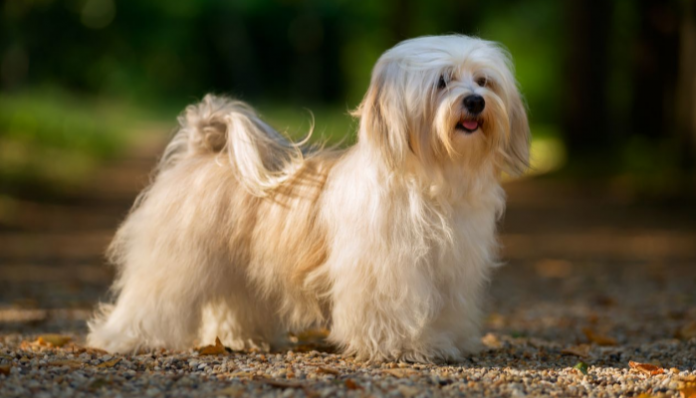

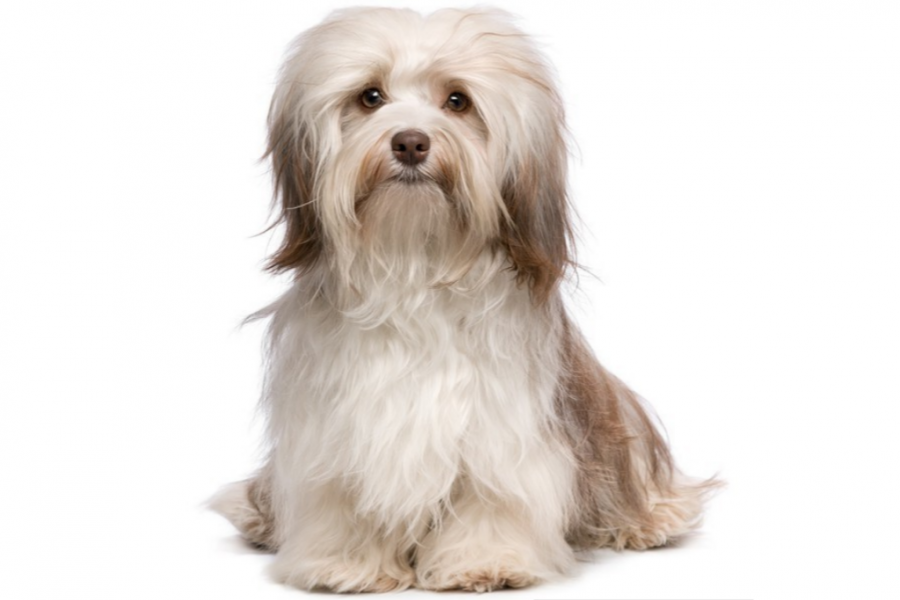
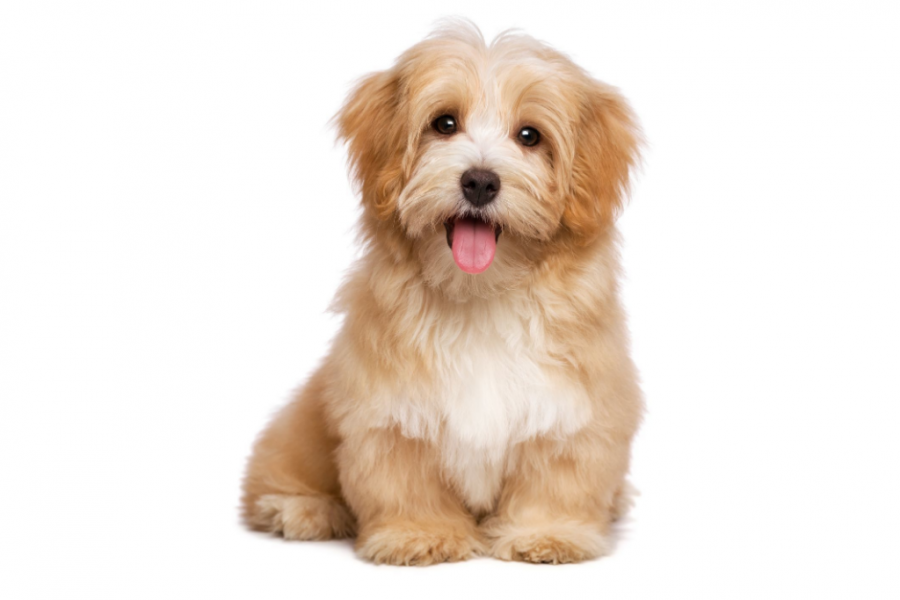
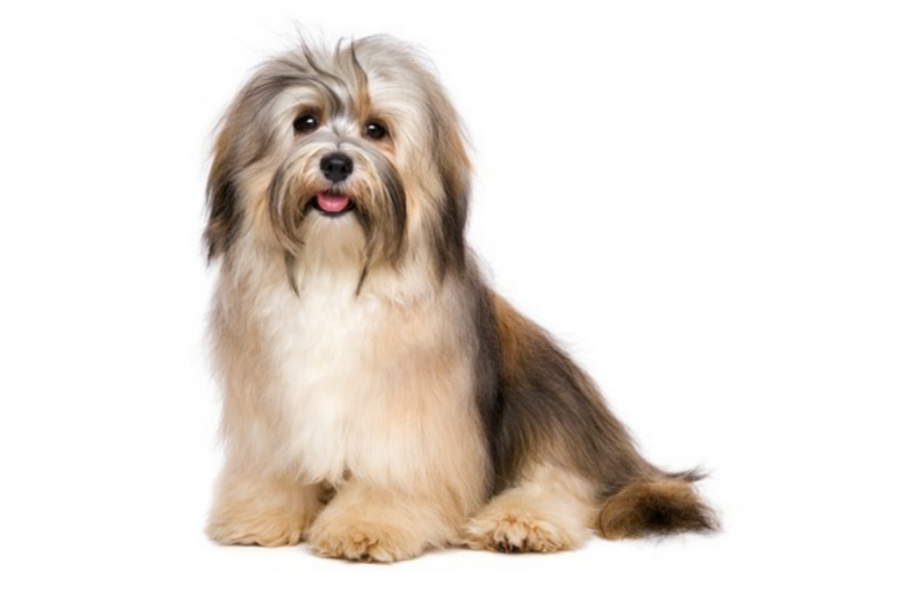
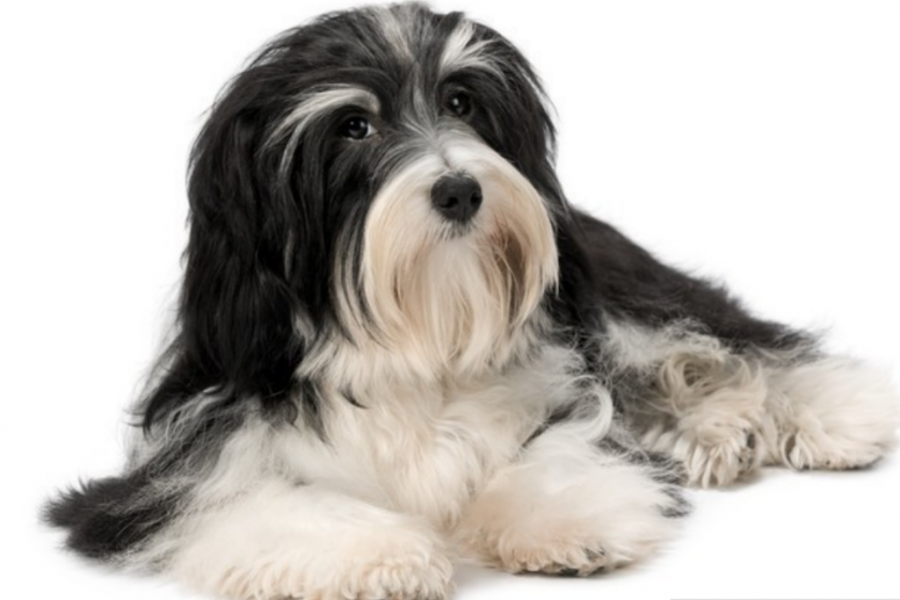
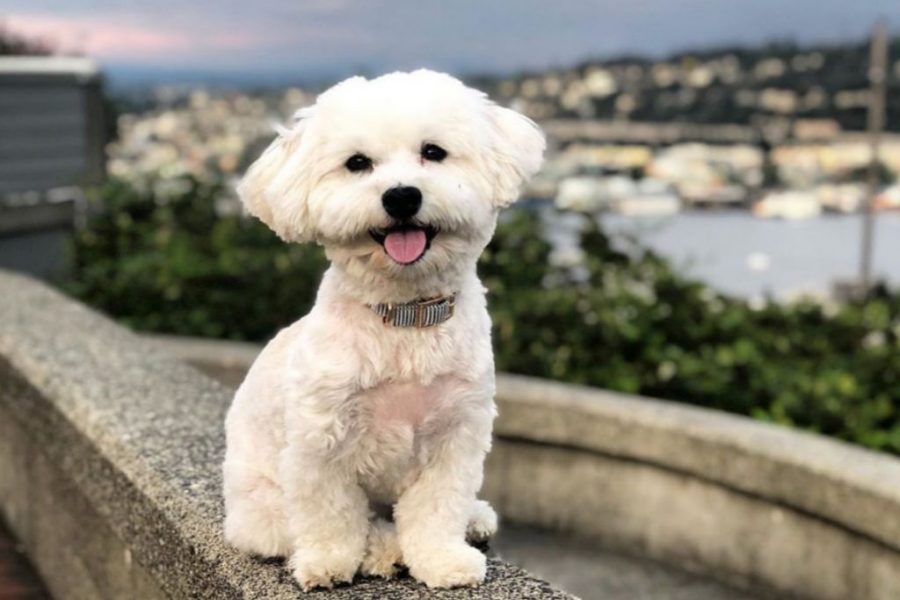
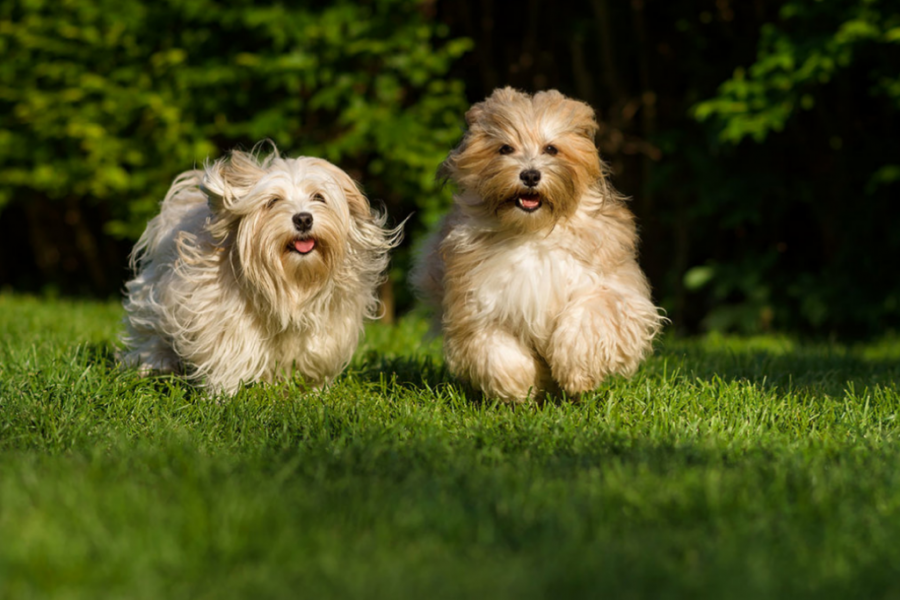

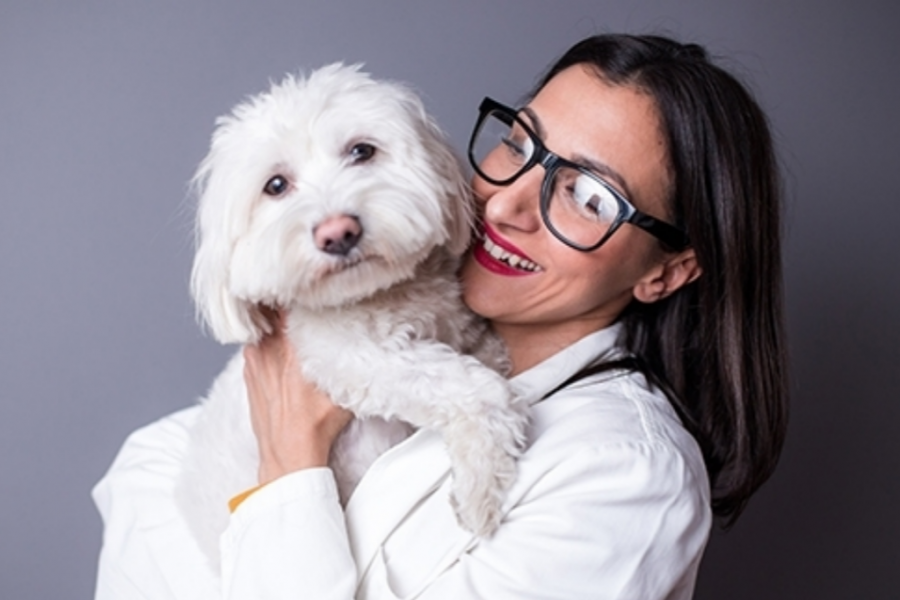
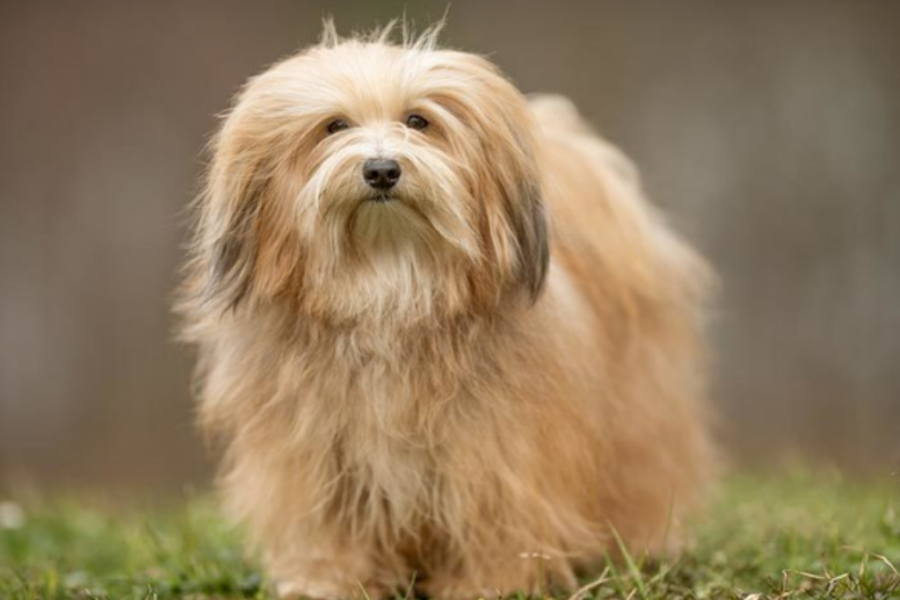
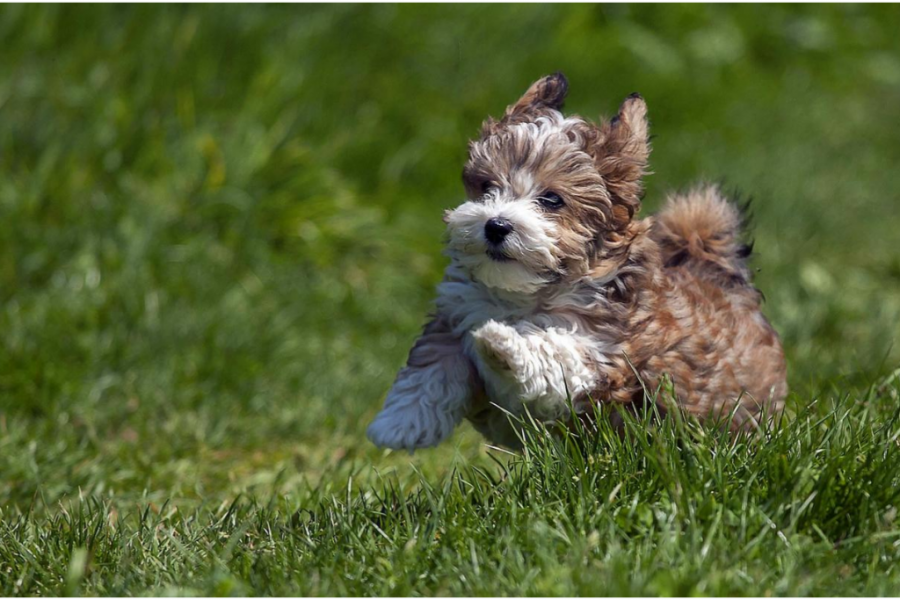
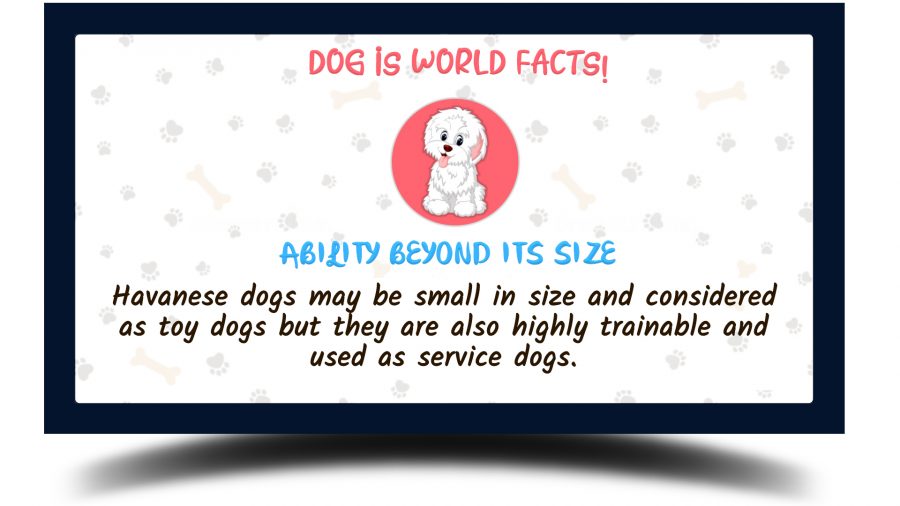
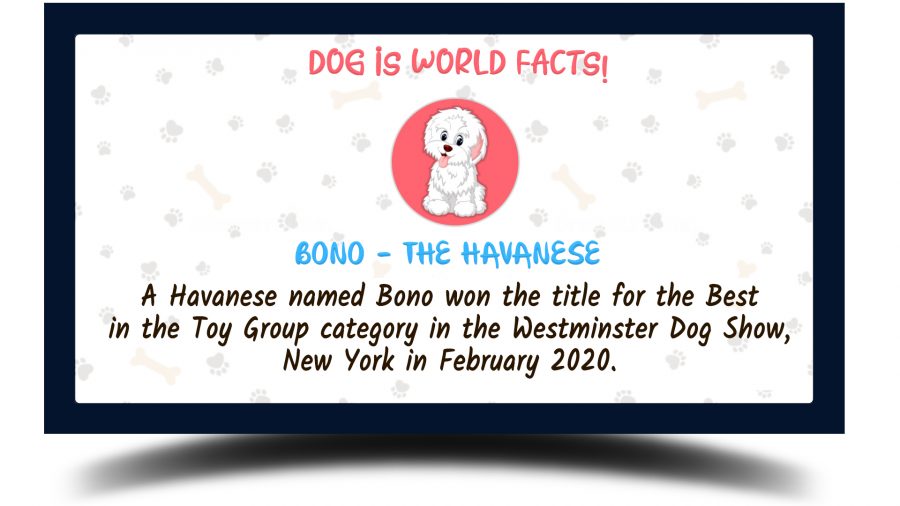
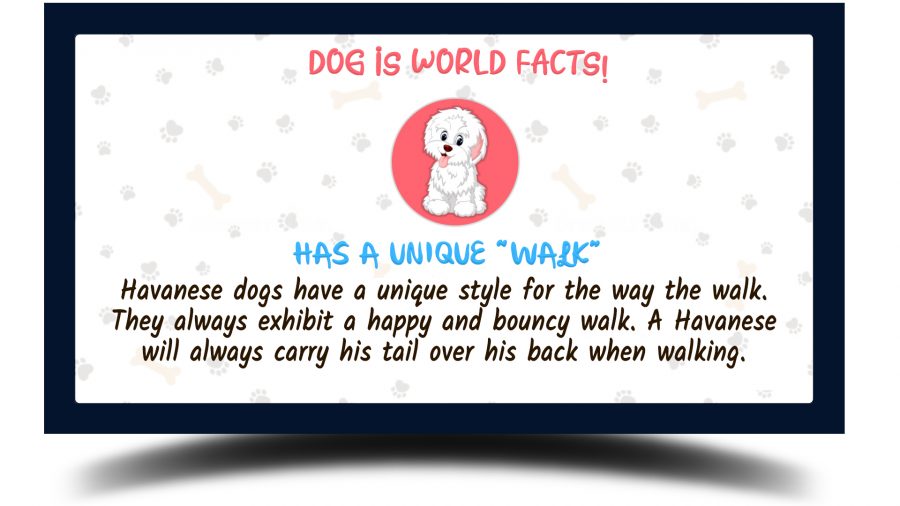
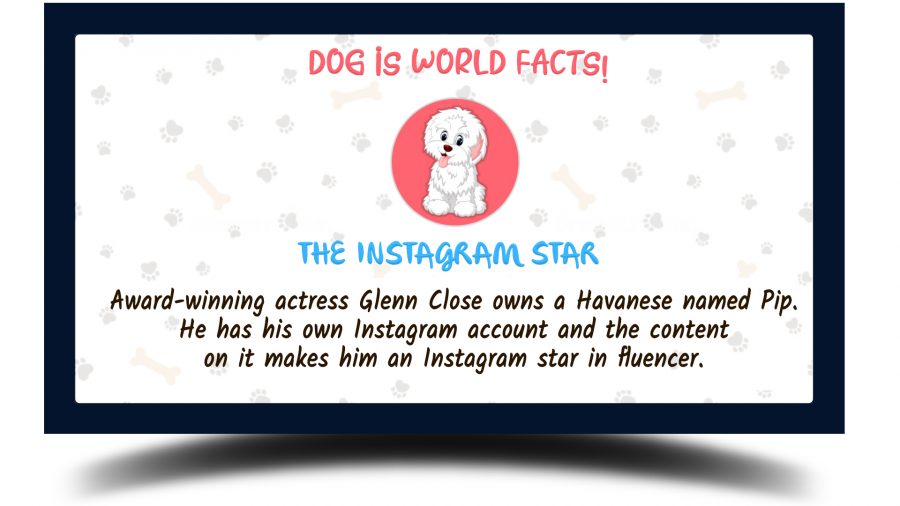

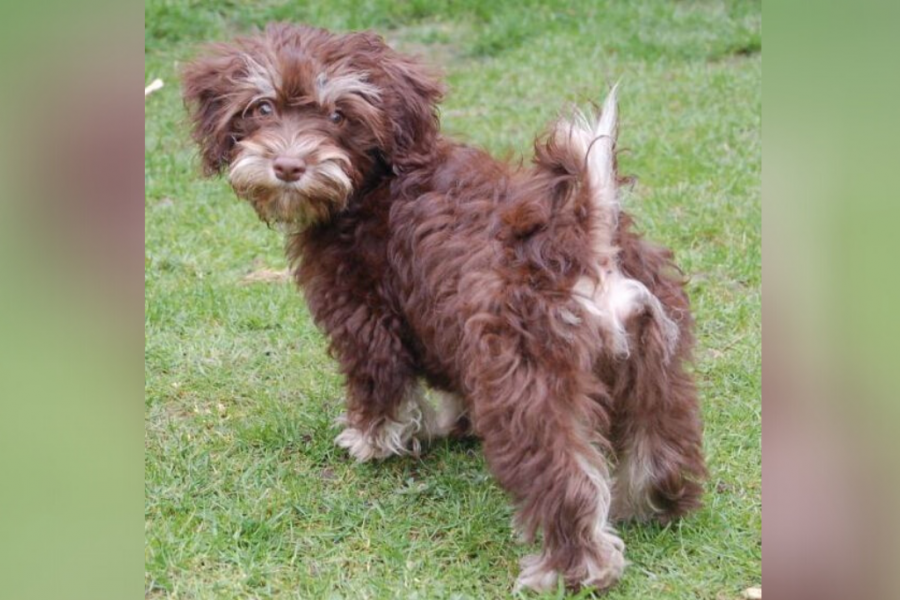
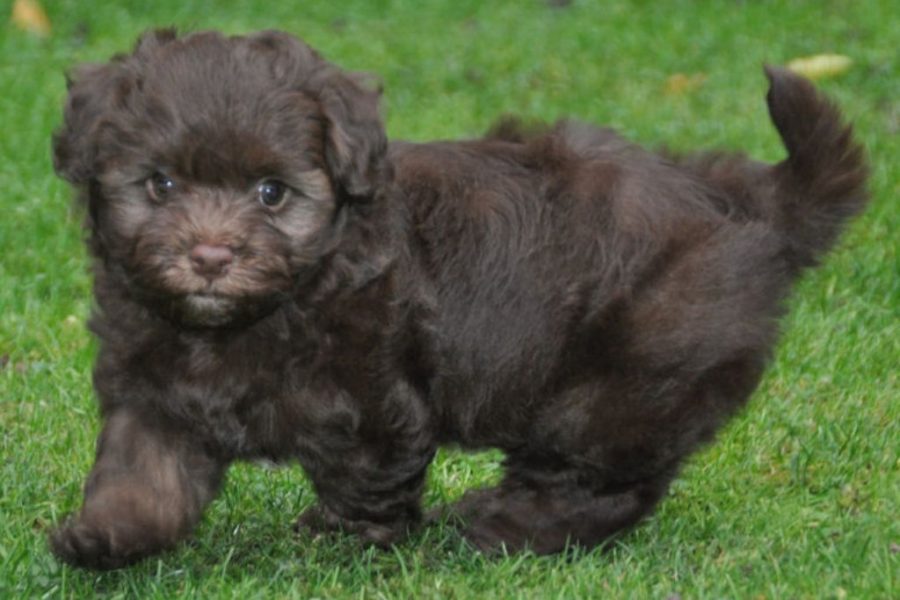
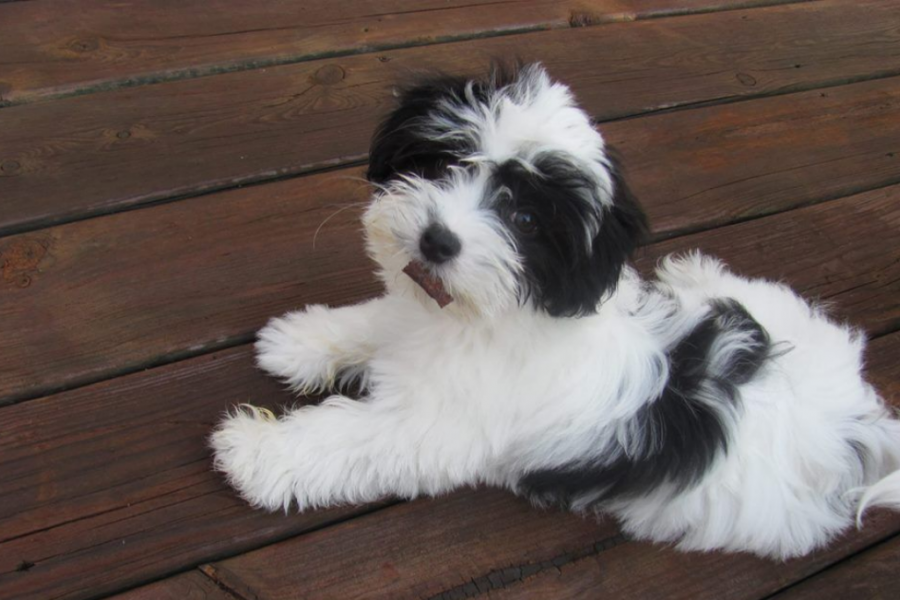
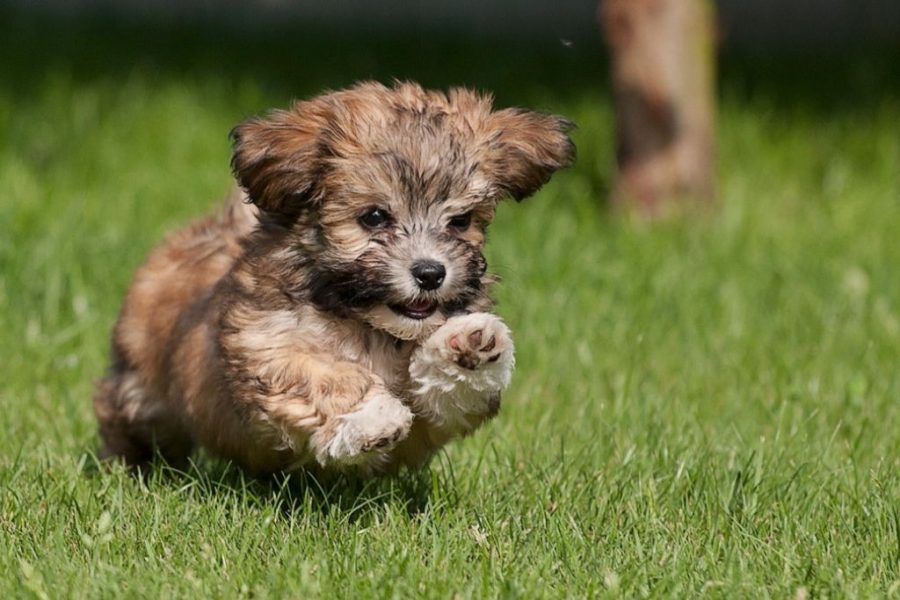
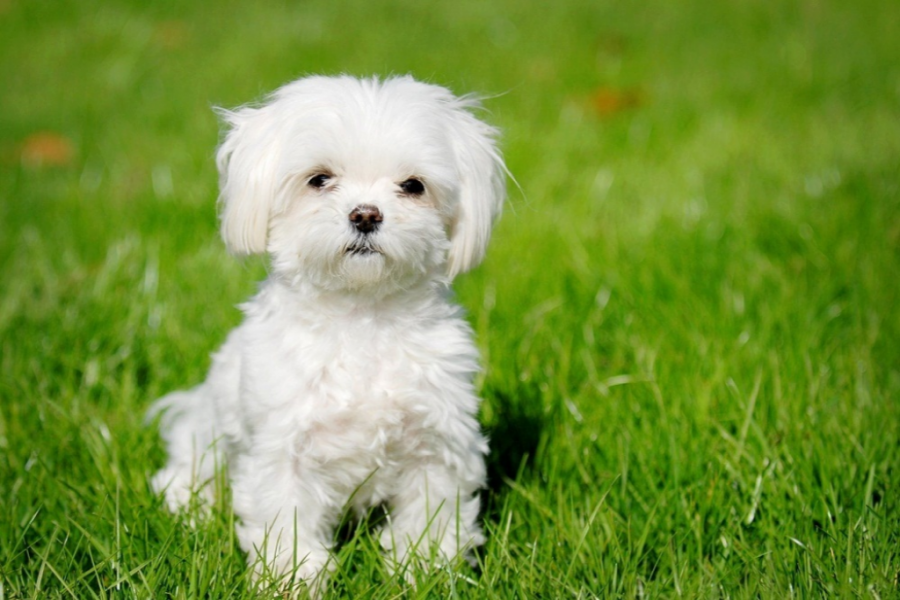
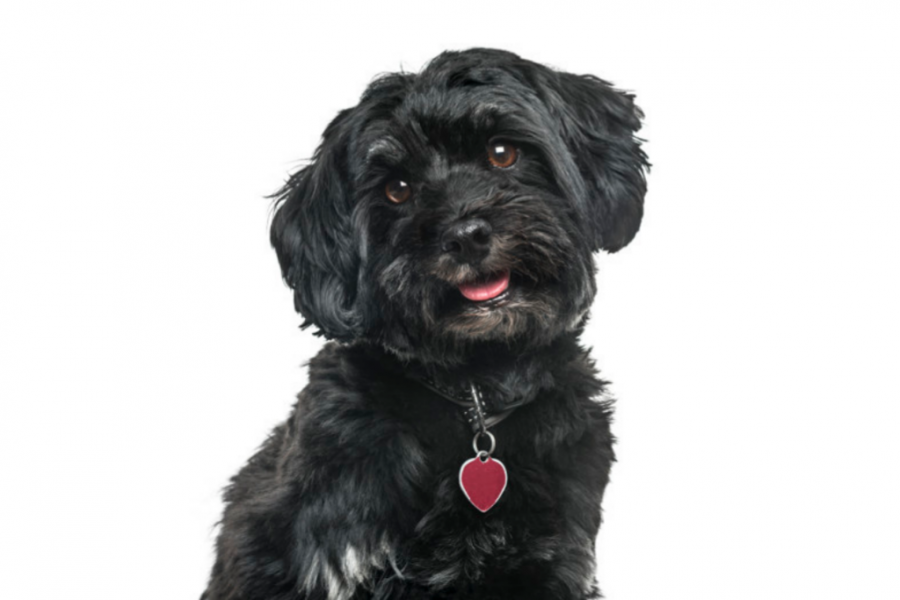








[…] Havanese is widely popular for its silky hair, expressive eyes and a size made for cuddling. They are also […]
[…] Havanese is an adorable pocket-friendly companion to have. […]
[…] Havanese have a silky coat and they tend to stick to the persons they like so be ready to be in your […]